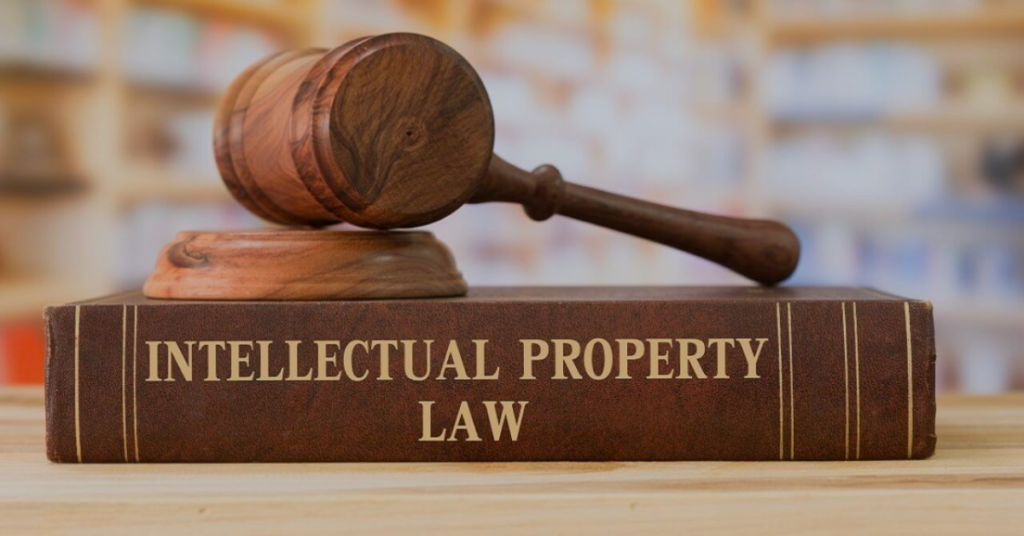Trade, Commerce, or Manufacture: Understanding Income Tax Implications Under Indian Law
Introduction
Determining whether an activity qualifies as ‘trade,’ ‘commerce,’ or ‘manufacture’ is crucial under the Income Tax Act, 1961, as it directly impacts how income derived from such activities is assessed and taxed. This article aims to provide a comprehensive understanding of these terms within the context of Indian income tax law, analyzing relevant provisions, judicial pronouncements, and practical considerations.
Defining Trade, Commerce, and Manufacture
While the Income Tax Act, 1961 doesn't explicitly define ‘trade,’ ‘commerce,’ or ‘manufacture,’ their meanings have been interpreted through judicial pronouncements and general usage.
1. Trade
Trade, in its broadest sense, refers to the exchange of goods or services for money or other goods/services. It involves buying and selling with the intention of generating profit. Key characteristics of trade include:
- Regularity: While a single transaction might not constitute trade, a series of transactions exhibiting a pattern points towards trade. Occasional sale of personal assets typically does not constitute trade.
- Intention to Profit: The primary motive must be to earn profits from the activity.
- Exchange of Goods or Services: Trade involves the transfer of ownership of goods or provision of services.
2. Commerce
Commerce is a broader term than trade and encompasses all aspects of business activity. It includes trade and also incorporates activities that facilitate trade, such as transportation, warehousing, insurance, banking, and marketing. In essence, commerce is the entire ecosystem that supports the buying and selling of goods and services.
- Facilitation of Trade: Commerce provides the necessary infrastructure and services for trade to occur smoothly.
- Wider Scope: It includes activities beyond merely buying and selling, focusing on the overall distribution and exchange process.
3. Manufacture
Manufacture involves the transformation of raw materials or components into a new product through a process. The key element is that the original materials undergo a change in identity or character, resulting in a distinct and marketable product.
- Transformation of Materials: The raw materials are processed, treated, or combined to create a new product.
- Emergence of a New Product: The outcome is a distinct product different from its constituent materials, possessing a new name, character, and use.
- Marketability: The new product must be marketable and capable of being sold.
Relevance Under Income Tax Act, 1961
The classification of an activity as trade, commerce, or manufacture has several implications under the Income Tax Act, 1961:
1. Income Head
Income from trade, commerce, or manufacture is typically assessed under the head "Profits and Gains of Business or Profession" (PGBP) under Section 28 of the Income Tax Act. This section lists various incomes that are chargeable to tax under this head, including:
- The profits and gains of any business or profession carried on by the assessee during the previous year.
- Any compensation or other payment due to or received by a person managing the whole or substantially the whole of the affairs of any business.
- Income derived by a trade, professional or similar association from specific services performed for its members.
2. Allowable Deductions
Income falling under the PGBP head is eligible for various deductions under Sections 30 to 37 of the Income Tax Act. These deductions can significantly reduce the taxable income. Some key deductions include:
- Section 30: Rent, rates, taxes, repairs, and insurance for premises used for the business.
- Section 31: Repairs and insurance of machinery, plant, and furniture.
- Section 32: Depreciation on assets used for the business. Depreciation rates are specified under the Income Tax Rules, 1962.
- Section 35: Expenditure on scientific research related to the business.
- Section 35D: Amortization of preliminary expenses incurred for setting up the business.
- Section 36: Specific deductions like insurance premium, bonus paid to employees, interest on borrowed capital, bad debts, etc.
- Section 37: General deduction for any expenditure wholly and exclusively laid out for the purpose of the business or profession. However, this section excludes expenses of a capital nature or personal expenses.
3. Tax Audit
Businesses and professions exceeding certain turnover/gross receipt thresholds are required to get their accounts audited under Section 44AB of the Income Tax Act. The current threshold for mandatory tax audit for businesses is a turnover exceeding INR 1 crore. However, if the assessee opts for presumptive taxation scheme under section 44AD and his turnover exceeds INR 2 crore, then tax audit is mandatory. For professions, the threshold is gross receipts exceeding INR 50 lakhs. Tax audit ensures proper maintenance of accounts and compliance with tax laws.
4. Presumptive Taxation
Certain small businesses and professionals can opt for presumptive taxation schemes under Sections 44AD, 44ADA, and 44AE of the Income Tax Act. These schemes allow taxpayers to declare a certain percentage of their turnover or gross receipts as income, simplifying the compliance process.
- Section 44AD: Applicable to eligible businesses with a turnover of up to INR 2 crore. Under this scheme, a minimum of 8% of the turnover (or 6% in case of digital receipts) is deemed as income.
- Section 44ADA: Applicable to specified professionals (like doctors, lawyers, engineers, architects, etc.) with gross receipts of up to INR 50 lakhs. Under this scheme, 50% of the gross receipts are deemed as income.
- Section 44AE: Applicable to taxpayers engaged in the business of plying, hiring, or leasing goods carriages. The income is calculated based on a fixed amount per vehicle.
5. Capital Gains vs. Business Income
The distinction between ‘trade’ and ‘investment’ is crucial when determining whether the gains from the sale of assets are taxable as business income (under PGBP) or as capital gains. If the activity is considered trade, the profits are taxed under PGBP, allowing for deductions as mentioned above. If it's considered an investment, the gains are taxed as capital gains, and different rules apply regarding indexation and exemptions. Factors considered include the frequency of transactions, the holding period of the assets, the intention at the time of purchase, and the nature of the assets.
Judicial Interpretations
Numerous court decisions have shaped the understanding of ‘trade,’ ‘commerce,’ and ‘manufacture’ under the Income Tax Act. Some landmark cases include:
- CIT vs. N.C. Bose (1983): This case emphasized the importance of regularity and systematic activity in determining whether an activity constitutes trade. Isolated transactions, even if profitable, may not be considered trade.
- CIT vs. Chimanlal J. Dalal & Co. (1994): The Supreme Court held that stockbroking is a form of commerce.
- CIT vs. Pio Food Packers (1980): The Supreme Court clarified that merely canning fruits without any further processing did not amount to manufacture. The process must result in a new and distinct commercial product.
- A. Kuppuswami Mudaliar vs. CIT (1964): This case highlighted that even if an activity results in a commercially different product, it may not be considered manufacture if the essential character of the original article remains unchanged.
Practical Considerations
Determining whether an activity falls within the ambit of ‘trade,’ ‘commerce,’ or ‘manufacture’ requires a careful examination of the specific facts and circumstances. Some practical considerations include:
- Nature of Activity: What activities are being carried out? Does it involve merely buying and selling, or does it involve further processing?
- Scale of Operations: What is the volume of transactions? Is it a small-scale operation or a large-scale business?
- Intention: What was the intention of the taxpayer at the outset? Was the intention to make a profit, or was it something else?
- Regularity: How often are the transactions occurring? Is it a regular and systematic activity, or are they isolated incidents?
- Transformation: Does the activity transform the raw materials or components into a new product with a distinct identity?
Examples
Here are a few examples to illustrate the application of these concepts:
- Buying and selling groceries: This clearly falls under the category of trade.
- Providing transportation services: This is considered part of commerce as it facilitates the exchange of goods.
- Converting raw cotton into fabric: This is considered manufacture as the raw material (cotton) is transformed into a new product (fabric).
- Buying shares and holding them for dividends: This is generally treated as an investment, and the dividends are taxed under the head "Income from Other Sources." However, frequent trading of shares with the intention of earning profits might be considered a business activity, taxable under PGBP.
- Printing books: This constitutes manufacture as it involves transforming paper and ink into a new product (books).
Conclusion
The classification of an activity as ‘trade,’ ‘commerce,’ or ‘manufacture’ under the Income Tax Act, 1961, is not always straightforward and depends on the specific facts of each case. Understanding the nuances of these terms, along with the relevant legal provisions and judicial pronouncements, is essential for businesses and professionals to ensure compliance with tax laws and optimize their tax liabilities. Seeking professional advice from a qualified tax advisor is recommended to navigate the complexities of income tax laws and make informed decisions.




